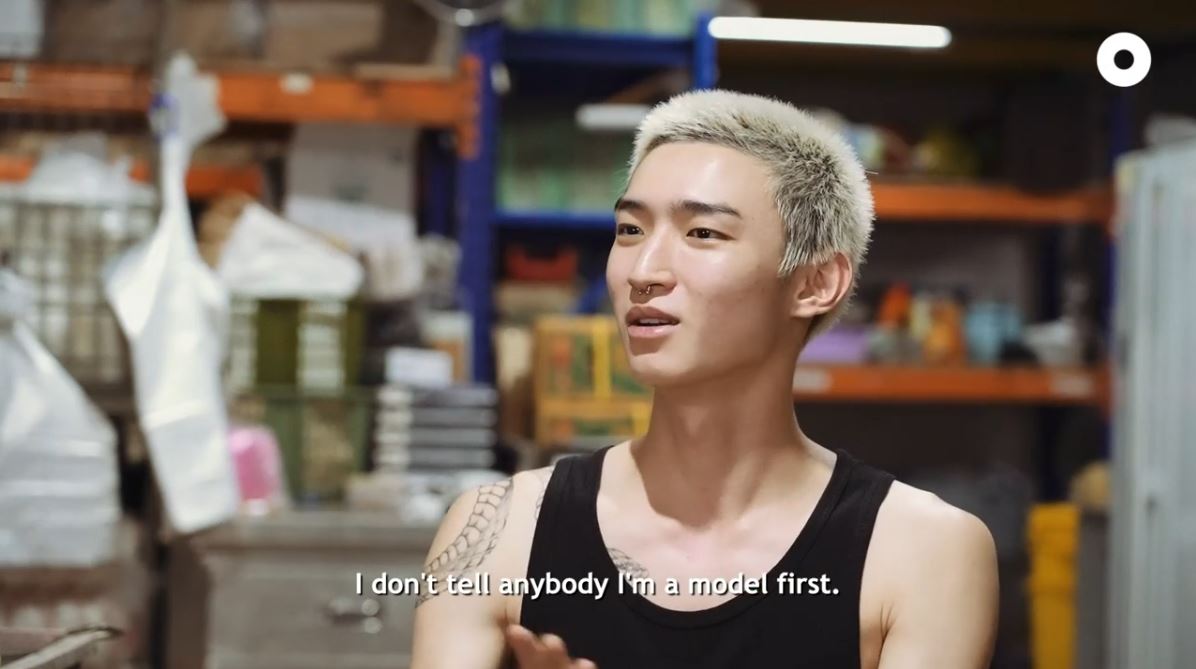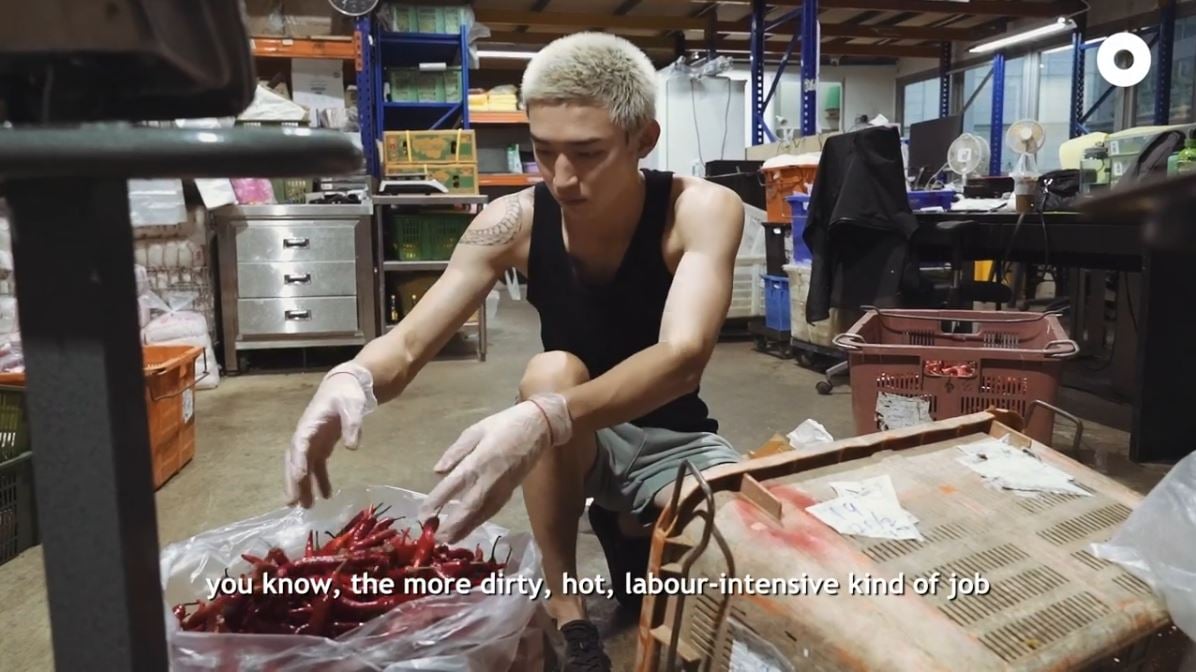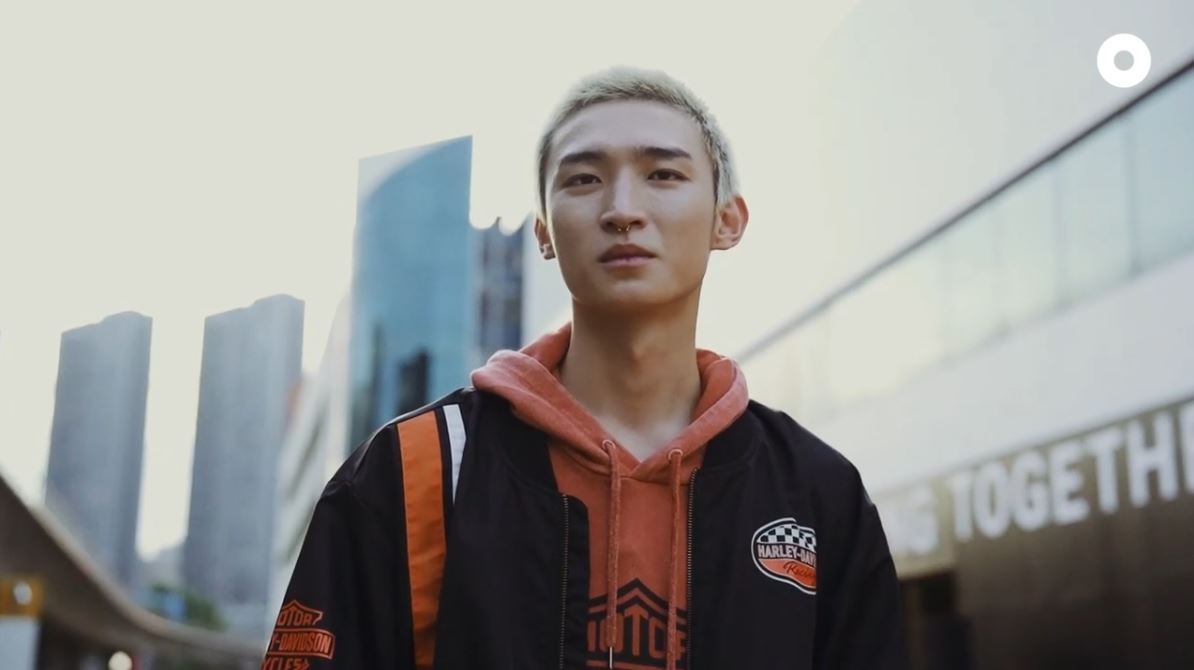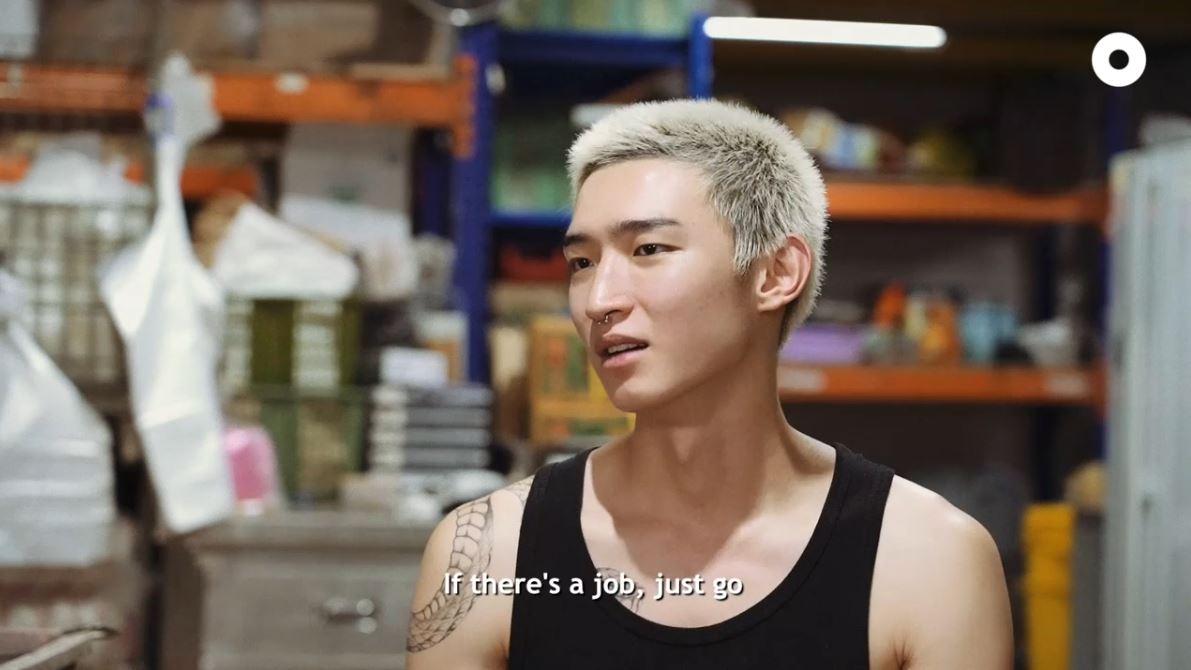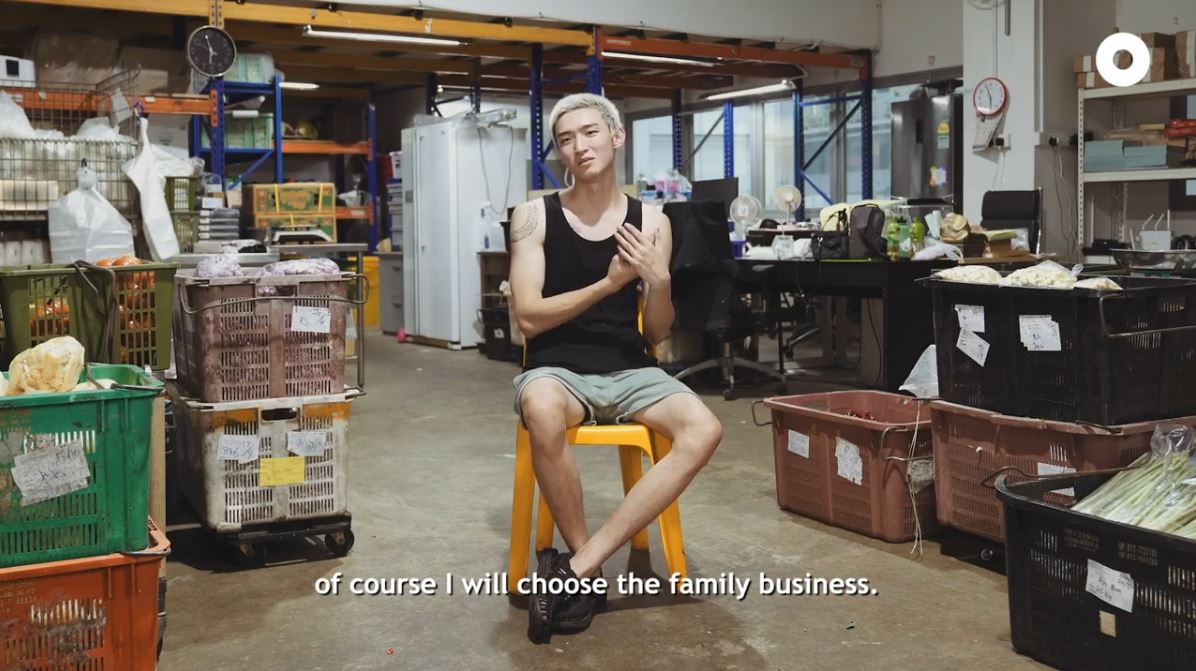Enter the World of Pacheco: Transformative IT Services and Product Optimization
Welcome to the world of Pacheco, where transformative IT services and product optimization meet to revolutionize businesses. In today’s fast-paced digital landscape, staying ahead of the competition is crucial for success. With the right IT services and product optimization strategies, businesses can streamline their operations, improve efficiency, and ultimately drive growth.
Whether you’re a small start-up or a large enterprise, understanding the importance of IT services and product optimization is key to staying relevant and competitive in today’s market. In this article, we will delve into the world of IT services, explore the concept of product optimization, and introduce you to Pacheco, your trusted IT service provider.
So, fasten your seatbelts and get ready to embark on a journey of innovation and transformation. Let’s dive in!
Understanding IT Services
Welcome to the world of IT services! In this section, we will explore the overview of IT services, understand their importance, and discover the different types of IT services available. So, let’s dive right in!
Overview of IT Services
IT services are essentially the use of technology and expertise to deliver solutions, support, and management to businesses or individuals. They involve managing, implementing, and maintaining various aspects of technology infrastructure, software applications, and systems.
Importance of IT Services
IT services play a crucial role in the success of businesses in today’s digital age. Here are some key reasons why IT services are important:
- Efficiency: IT services help streamline business operations, automate repetitive tasks, and optimize workflows, resulting in increased efficiency and productivity.
- Security: With the advent of cyber threats, IT services help protect sensitive data, networks, and systems from unauthorized access, viruses, and malware.
- Scalability: IT services provide the flexibility to scale infrastructure and resources up or down based on business needs, allowing for growth and adaptability.
- Reliability: IT services ensure the availability and reliability of systems, minimizing downtime and improving customer experience.
Types of IT Services
IT services encompass a wide range of offerings tailored to meet specific business needs. Here are some common types of IT services:
- Managed IT Services: This involves outsourcing the management and support of IT infrastructure, such as servers, networks, and workstations, to a third-party provider.
- Cloud Services: Cloud services allow businesses to access and store data, applications, and resources in the cloud, providing flexibility, scalability, and cost-efficiency.
- Networking Services: These services focus on the design, implementation, and maintenance of network infrastructure, including routers, switches, and firewalls, to ensure a secure and reliable network environment.
- Security Services: Security services involve implementing measures to protect against cybersecurity threats, such as firewalls, encryption, vulnerability assessments, and incident response.
- Data Backup and Recovery Services: These services ensure that data is regularly backed up and can be recovered in the event of a system failure or data loss.
In conclusion, IT services are essential for businesses to leverage technology effectively, ensure security, and optimize operations. With the right IT services in place, businesses can focus on core activities, drive innovation, and stay ahead in today’s competitive digital landscape.
Exploring Product Optimization
Product optimization is a crucial aspect of business growth and success. By continually improving and enhancing your products, you can stay competitive in the market, attract more customers, and increase your revenue. In this section, we will dive into the concept of product optimization, its benefits, and some key strategies to implement. So, let’s explore the exciting world of product optimization!
What is Product Optimization?
Product optimization is the process of systematically improving your products to meet customer expectations, maximize their value, and drive business growth. It involves analyzing and understanding customer needs, identifying areas for improvement, and implementing changes that enhance the overall product experience.
Benefits of Product Optimization
Optimizing your products can bring a wide range of benefits to your business. Here are some key advantages:
- Increased Customer Satisfaction: By continually improving your products, you can address pain points, provide excellent user experiences, and exceed customer expectations. This leads to higher customer satisfaction and loyalty.
- Competitive Advantage: Product optimization helps you stay ahead of your competitors by constantly innovating and offering enhanced features. This sets you apart in the market and attracts more customers.
- Higher Sales: When your products are optimized, they become more appealing to potential customers. This, in turn, leads to increased sales and revenue growth for your business.
- Improved Brand Reputation: Delivering high-quality, optimized products establishes your brand as a trusted and reliable provider. Positive customer experiences contribute to a strong brand reputation.
Key Strategies for Product Optimization
To effectively optimize your products, consider implementing the following strategies:
- Customer Research: Conduct market research, gather customer feedback, and analyze user behavior to understand their needs and pain points. This insight will guide your optimization efforts.
- Usability Testing: Test your products with real users to identify usability issues and areas for improvement. This can help you enhance the user experience and eliminate any barriers to usage.
- Continuous Improvement: Embrace a culture of continuous improvement by regularly collecting data, analyzing trends, and implementing iterative changes. This ensures your products remain relevant and meet evolving customer demands.
- A/B Testing: Implement A/B testing to compare different versions or features of your product. This data-driven approach allows you to make data-backed decisions that optimize your products for the best possible outcomes.
“Product optimization is not a one-time task but an ongoing journey of improvement and innovation.”
Remember, effective product optimization requires a deep understanding of your target audience, their needs, and the ability to adapt to changing market dynamics. By implementing these strategies, you can achieve product excellence and drive long-term success for your business.
In the next section, we will introduce you to Pacheco, a trusted IT service provider that can support you in your journey of IT services and product optimization.
Pacheco: Your Trusted IT Service Provider
Are you looking for a reliable and trusted IT service provider? Look no further than Pacheco! With years of experience and a team of expert professionals, Pacheco is committed to providing transformative IT services and optimizing your products for success. Whether you need assistance with IT infrastructure, software development, or product optimization, Pacheco has got you covered. Let’s dive deeper into what Pacheco has to offer!
Company Overview
Pacheco is a leading IT service provider known for its exceptional track record and customer-centric approach. We understand the importance of technology in today’s business world and strive to deliver innovative solutions that drive growth and efficiency. Our team of skilled professionals is dedicated to understanding your unique business needs and providing tailor-made IT services to help you achieve your goals.
Range of IT Services
At Pacheco, we offer a wide range of IT services to cater to diverse business requirements. Some of our key services include:
- IT Infrastructure Management: We provide comprehensive IT infrastructure management services, including network setup and maintenance, server management, cloud solutions, and cybersecurity measures.
- Software Development: Our team of expert developers can design and build custom software solutions to meet your business needs. From web applications to mobile apps, we have the expertise to bring your ideas to life.
- Data Analytics and Business Intelligence: We help businesses make data-driven decisions by analyzing and interpreting data to uncover valuable insights. Our data analytics and business intelligence services can help you optimize your operations and drive growth.
Successful Client Partnerships
At Pacheco, we believe in building long-term partnerships with our clients. We have a proven track record of successful client collaborations across various industries. Our client testimonials speak volumes about the quality of our services and the trust our clients have in our capabilities. We take pride in delivering exceptional results and exceeding client expectations.
“Working with Pacheco has been a game-changer for our business. Their expertise in IT services and product optimization has helped us streamline our operations and improve our bottom line. The team at Pacheco is highly professional and always goes above and beyond to meet our needs.” – John, CEO of XYZ Company
“Pacheco has been our go-to IT service provider for years. Their knowledgeable team has helped us with everything from network setup to software development. We appreciate their prompt response and dedication to our success.” – Sarah, CTO of ABC Corporation
Benefits of Choosing Pacheco for IT Services and Product Optimization
When you choose Pacheco as your IT service provider and product optimization partner, you can expect a wide range of benefits, including:
- Expert Team of IT Professionals: Our team comprises highly skilled professionals with expertise in various areas of IT. We stay up-to-date with the latest industry trends and technologies to provide you with the best solutions.
- Customized Solutions for Your Business: We understand that every business is unique, and a one-size-fits-all approach doesn’t work. That’s why we take the time to understand your specific needs and provide customized solutions that align with your business goals.
- Enhanced Efficiency and Cost Savings: By optimizing your IT infrastructure and products, we help you streamline your operations, reduce downtime, and cut costs. Our solutions are designed to enhance efficiency and productivity, ultimately improving your bottom line.
- Continuous Support and Maintenance: We believe in long-term relationships with our clients. Even after the initial setup and optimization stage, we provide ongoing support and maintenance to ensure that your IT systems are running smoothly and effectively.
In conclusion, Pacheco is your trusted partner for IT services and product optimization. With a focus on delivering transformative solutions and a commitment to customer satisfaction, Pacheco is dedicated to your success. Contact us today to discuss how we can help take your business to new heights!
The Process of Product Optimization
Product optimization is an essential aspect of any successful business strategy. It involves continuously improving your products to enhance their performance, usability, and overall customer satisfaction. The process of product optimization can be broken down into several key steps, each playing a crucial role in ensuring your products meet or exceed customer expectations. Let’s dive into the process and explore each step in detail.
1. Initial Assessment and Analysis
Before beginning the optimization process, it’s important to conduct a thorough assessment and analysis of your product. This involves gathering data, conducting market research, and analyzing customer feedback. By understanding the strengths and weaknesses of your product, you can identify areas that need improvement and set clear optimization goals.
2. Identifying Areas for Improvement
Once you have collected the necessary data, it’s time to identify specific areas for improvement. This could include enhancing product functionality, optimizing user experience, improving product design, or addressing any performance issues. By focusing on these areas, you can prioritize your optimization efforts and create a roadmap for implementation.
3. Implementing Optimization Strategies
After identifying the areas for improvement, the next step is to implement optimization strategies. This may involve making changes to product features, incorporating new technology, or refining existing processes. It’s crucial to collaborate with your product development team to ensure seamless execution and minimize disruptions to your business operations.
4. Testing and Measure Results
Once the optimization strategies are implemented, it’s important to conduct rigorous testing to measure the results. This can include user testing, A/B testing, performance testing, and analyzing key performance indicators (KPIs). By tracking and measuring the impact of the optimization efforts, you can determine the effectiveness of the strategies and make any necessary adjustments.
Benefits of Product Optimization
Product optimization offers a wide range of benefits for your business, including:
- Improved Customer Satisfaction: By continuously improving your products, you can deliver enhanced customer experiences and increase customer satisfaction levels.
- Increased Competitiveness: Optimized products give your business a competitive edge by standing out from the crowd and meeting the evolving needs of your target market.
- Higher Conversion Rates: Optimized products are more likely to convert leads into paying customers, resulting in increased sales and revenue.
- Cost Savings: By optimizing your products, you can identify and eliminate any inefficiencies or redundant features, resulting in cost savings for your business in the long run.
- Business Growth: With optimized products, you can attract new customers, retain existing ones, and ultimately drive business growth.
Product optimization is an ongoing process that requires continuous monitoring, analysis, and improvement. By prioritizing product optimization, you can propel your business forward and stay ahead of the competition.
In the next section, we will explore why Pacheco is the trusted choice for IT services and product optimization.
Benefits of Choosing Pacheco for IT Services and Product Optimization
When it comes to IT services and product optimization, choosing the right partner can make all the difference in the success of your business. Pacheco is a trusted and reliable IT service provider that offers a wide range of services to help businesses thrive in the digital age. Here are some of the key benefits of choosing Pacheco for your IT services and product optimization needs:
Expert Team of IT Professionals
At Pacheco, we have a team of highly skilled and experienced IT professionals who are dedicated to delivering exceptional solutions to our clients. Our team understands the complexities of the digital landscape and stays up to date with the latest trends and technologies. When you choose Pacheco, you can be confident that you’re working with experts who have the knowledge and expertise to handle any IT challenge.
Customized Solutions for Your Business
We understand that every business is unique and has its own specific IT requirements. That’s why we offer customized solutions tailored to meet the individual needs of our clients. Whether you need help with software development, network security, cloud computing, or any other IT service, we work closely with you to understand your goals and develop a solution that aligns with your business objectives.
Enhanced Efficiency and Cost Savings
By partnering with Pacheco for your IT services and product optimization, you can significantly enhance the efficiency of your business operations. Our solutions are designed to streamline processes, automate tasks, and improve productivity. This not only saves you time and effort but also reduces costs in the long run. With Pacheco, you can optimize your IT infrastructure and maximize your return on investment.
Continuous Support and Maintenance
We believe that our relationship with our clients doesn’t end after the initial implementation. We provide ongoing support and maintenance services to ensure that your IT systems are running smoothly and effectively. Our team is available round the clock to address any issues or concerns you may have. With Pacheco, you can have peace of mind knowing that your IT infrastructure is in safe hands.
Choosing Pacheco as your IT service provider and partner for product optimization can have a transformative impact on your business. We are committed to delivering high-quality solutions that drive growth and success. Contact us today to learn more about how Pacheco can help your business thrive in the digital world.
Conclusion
In conclusion, Pacheco is your go-to partner for transformative IT services and product optimization. With their expertise and dedication, they can help take your business to new heights of success and growth.
By understanding the importance of IT services, you can harness the power of technology to streamline your operations, enhance productivity, and improve customer satisfaction. From infrastructure management to cybersecurity and cloud solutions, Pacheco offers a comprehensive range of IT services to cater to your business needs.
Product optimization is crucial in a competitive market to ensure your products are meeting customer expectations and driving revenue. With Pacheco’s thorough assessment, strategic planning, and implementation of optimization strategies, you can unlock the full potential of your products and stay ahead of the curve.
When it comes to IT services and product optimization, Pacheco stands out as a trusted and reliable provider. With their expertise and experience, they have successfully formed strong partnerships with clients across various industries, delivering tailored solutions to meet their specific business goals.
Choosing Pacheco for your IT services and product optimization needs brings numerous benefits, including access to an expert team of IT professionals, customized solutions that align with your business objectives, enhanced efficiency, and cost savings through optimized processes, as well as continuous support and maintenance to ensure your systems remain robust and reliable.
So why wait? Take the next step towards transforming your business with Pacheco’s transformative IT services and product optimization. Partner with them today and experience the difference.
Frequently Asked Questions
- What kind of IT services does Pacheco offer?
Pacheco offers a wide range of IT services including software development, web development, mobile app development, cloud computing, IT consulting, cybersecurity, and IT infrastructure management.
- Are Pacheco’s IT services customizable according to specific business needs?
Yes, Pacheco understands that each business has unique IT requirements. They provide customized IT solutions and services tailored to meet the specific needs of businesses, ensuring maximum efficiency and productivity.
- What is product optimization and how can Pacheco assist with it?
Product optimization is the process of enhancing a product’s performance, features, and user experience to maximize its value and market potential. Pacheco has a team of experts who specialize in product optimization, utilizing cutting-edge technologies and industry best practices to help businesses improve their products and stay competitive.
- Does Pacheco provide ongoing support for their IT services?
Yes, Pacheco offers comprehensive support and maintenance for their IT services. They provide round-the-clock monitoring, troubleshooting, software updates, and regular maintenance to ensure smooth operations and minimize any downtime or disruptions.
- How can I get in touch with Pacheco for their IT services and product optimization?
To get in touch with Pacheco for their IT services and product optimization, you can visit their website and fill out the contact form, call their provided phone number, or send an email to their designated email address. They also have a dedicated team available to answer any queries or provide additional information.
